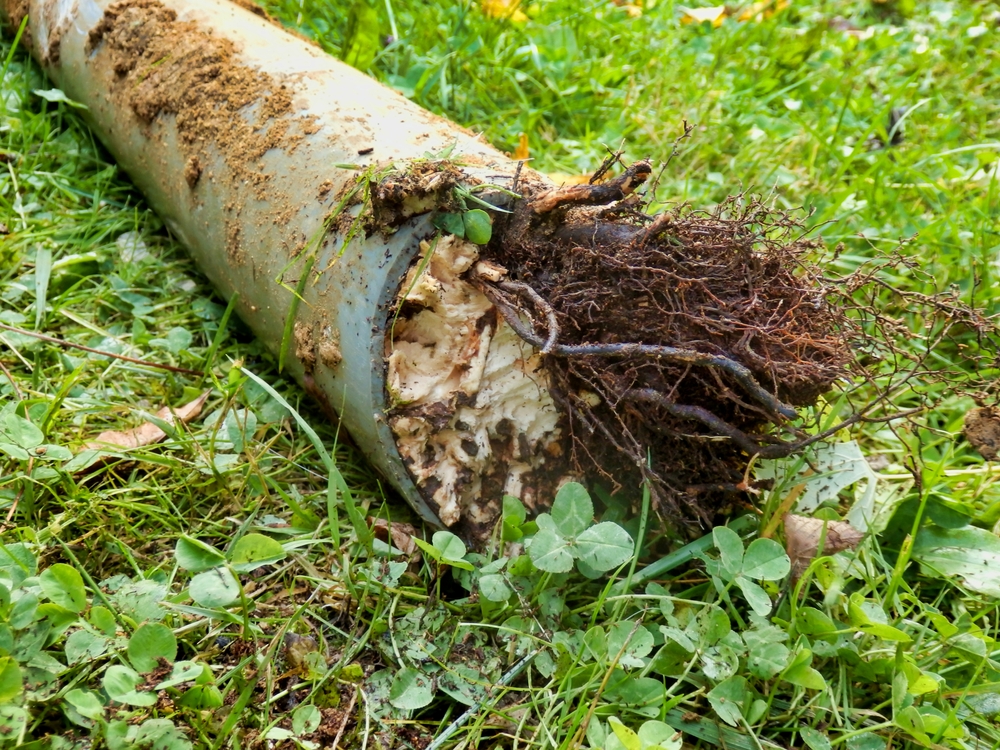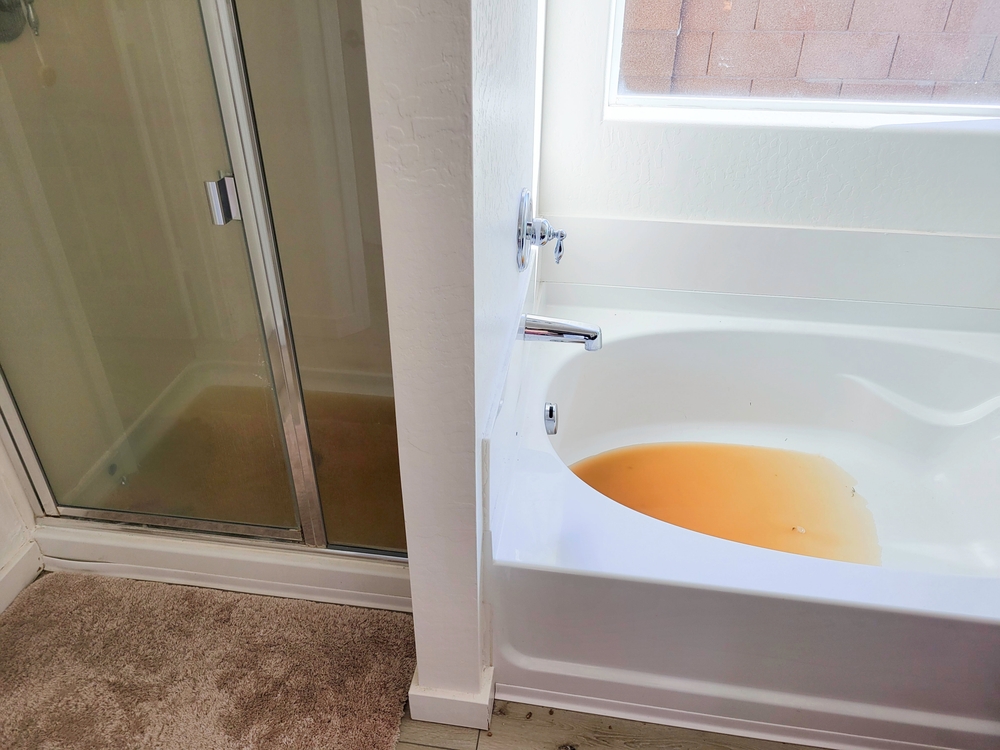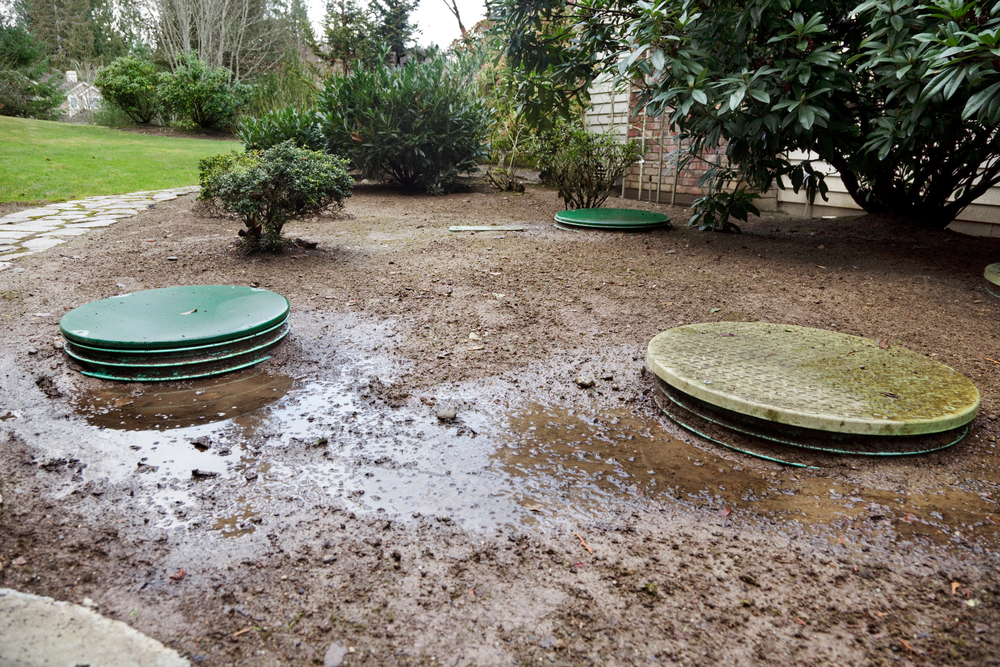In Upstate South Carolina, where tree-lined neighborhoods and rural properties dominate the landscape, many homeowners enjoy the shade and beauty that mature trees provide. But what many don’t realize is that tree roots can silently invade plumbing and septic systems, causing costly damage beneath the surface. From clogged pipes to failed drain fields, the risk is real—and prevention is critical. Understanding how roots behave, the warning signs of intrusion, and the solutions available can help you protect your home and avoid expensive repairs.
Why Tree Roots Target Plumbing and Septic Systems
Tree roots are naturally drawn to sources of water and nutrients. Pipes and septic systems provide the perfect environment because they:
- Leak small amounts of moisture through joints or cracks, signaling a water source.
- Contain organic waste that roots thrive on.
- Run underground, directly in the path of expanding root systems.
In regions like Easley, Greenville, and Pickens County, clay-heavy soils retain water, creating conditions where roots aggressively seek out plumbing lines and septic tanks.
The Types of Damage Tree Roots Cause
1. Cracked or Collapsed Pipes
Roots penetrate small openings in pipes and expand, eventually cracking or collapsing the line. This blocks water flow and leads to backups inside the home.
2. Blocked Sewer or Septic Lines
As roots grow, they form dense tangles inside pipes, restricting flow. Over time, wastewater has nowhere to go, leading to toilet backups, slow drains, and foul odors.
3. Septic Tank Infiltration
Roots can force their way into tank lids, seams, or baffles. Once inside, they disrupt normal operation, damage the structure, and reduce the system’s lifespan.
4. Drain Field Destruction
Roots in drain fields clog perforated pipes and compact the surrounding soil, preventing proper wastewater absorption. This often results in standing water, sewage odors, and soggy lawns.
Signs of Tree Root Intrusion
Detecting root-related plumbing or septic issues early can save thousands in repairs. Watch for:
- Slow drains throughout the house.
- Gurgling sounds in sinks and toilets.
- Frequent clogs or backups even after professional cleaning.
- Sewage odors inside or outside the home.
- Unusually green patches of grass over septic lines or drain fields.
- Pooling water in the yard, especially near tree lines or the septic system.
If multiple signs appear, it’s often a clear indication that roots have breached your system.
Which Trees Pose the Greatest Risk?
Certain tree species are more aggressive in their search for water. In Upstate South Carolina, homeowners should be cautious with:
- Willows – notorious for aggressive root systems.
- Maples – shallow, spreading roots that extend far.
- Poplars – fast-growing with invasive underground growth.
- Oaks – deep roots that can penetrate pipes and tanks.
Even smaller ornamental trees can cause damage if planted too close to plumbing or septic infrastructure.
How to Prevent Tree Roots from Damaging Plumbing and Septic Systems
Plan Landscaping Carefully
- Plant trees at least 50 feet away from septic tanks and drain fields.
- Choose species with less invasive root systems.
Install Root Barriers
Physical root barriers made of plastic or concrete can redirect growth away from vulnerable areas.
Maintain Septic and Plumbing Systems
- Schedule regular septic pumping every 3–5 years.
- Have plumbing lines inspected with cameras to catch early signs of intrusion.
Fix Leaks Quickly
Even small leaks in pipes attract roots. Prompt repairs stop roots from discovering water sources underground.
Professional Solutions for Root Intrusion
If roots have already entered your system, professionals in Easley and the Upstate region use several methods to resolve the issue:
- Hydro Jetting – High-pressure water removes root masses from pipes.
- Mechanical Augers – Specialized cutting tools break apart and clear roots.
- Chemical Root Treatments – Safe foaming solutions discourage regrowth without harming the tree.
- Pipe Lining or Replacement – Severely damaged pipes may require trenchless relining or full replacement.
- Drain Field Rehabilitation – In cases of extensive root invasion, a new drain field may be necessary.
The Cost of Ignoring Tree Root Damage
Delaying action can lead to:
- Collapsed plumbing lines requiring excavation.
- Septic system failure, forcing full replacement that costs $8,000–$20,000.
- Property damage from sewage backups inside the home.
- Health risks from exposure to untreated wastewater.
Being proactive with inspections and landscaping choices prevents these expensive outcomes.
Protect Your Upstate South Carolina Property
Tree roots and septic systems don’t mix. By recognizing the risks, identifying early warning signs, and working with licensed professionals, you can safeguard your plumbing and septic system for decades.
Homeowners in Easley, Greenville, Pickens, and across Upstate South Carolina can find trusted providers through Easley SC Septic. Our directory connects you with experts who understand local soil conditions, root behaviors, and DHEC septic regulations. Protect your investment and ensure your system remains trouble-free.
Hashtags
#treerootdamage #septicsystems #plumbingproblems #easleysc #upstatesc




